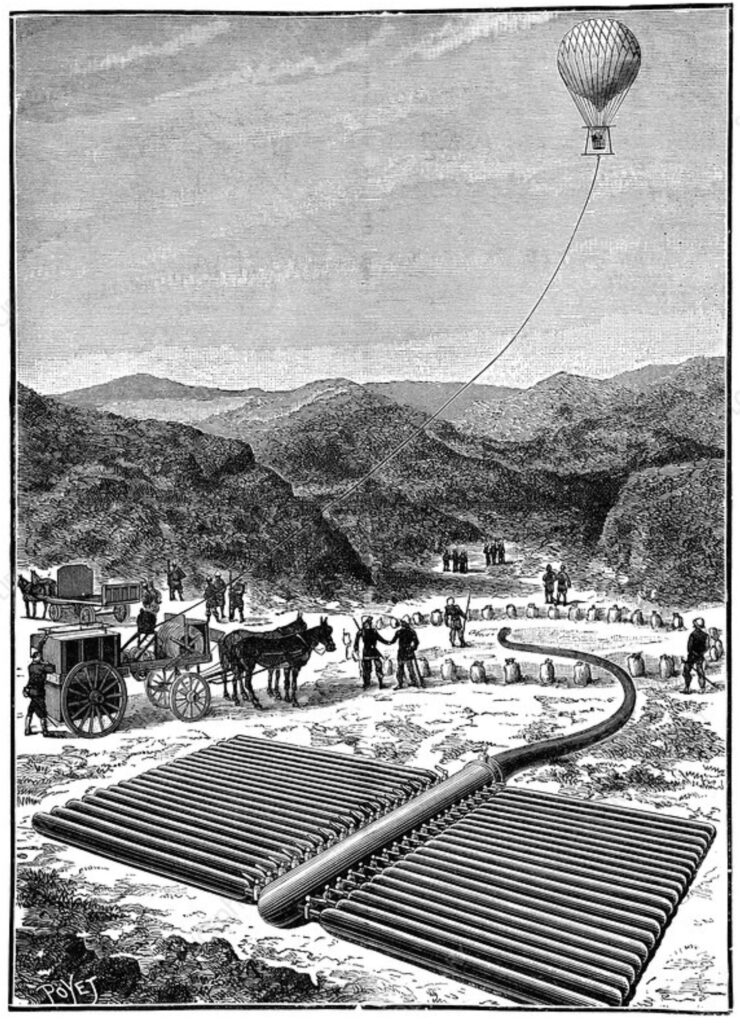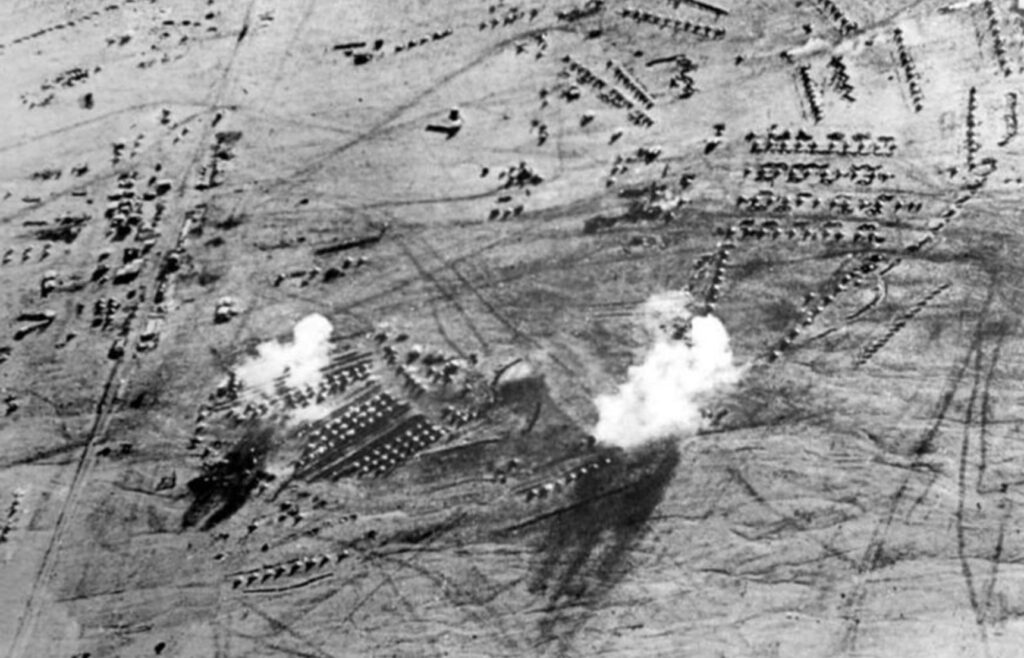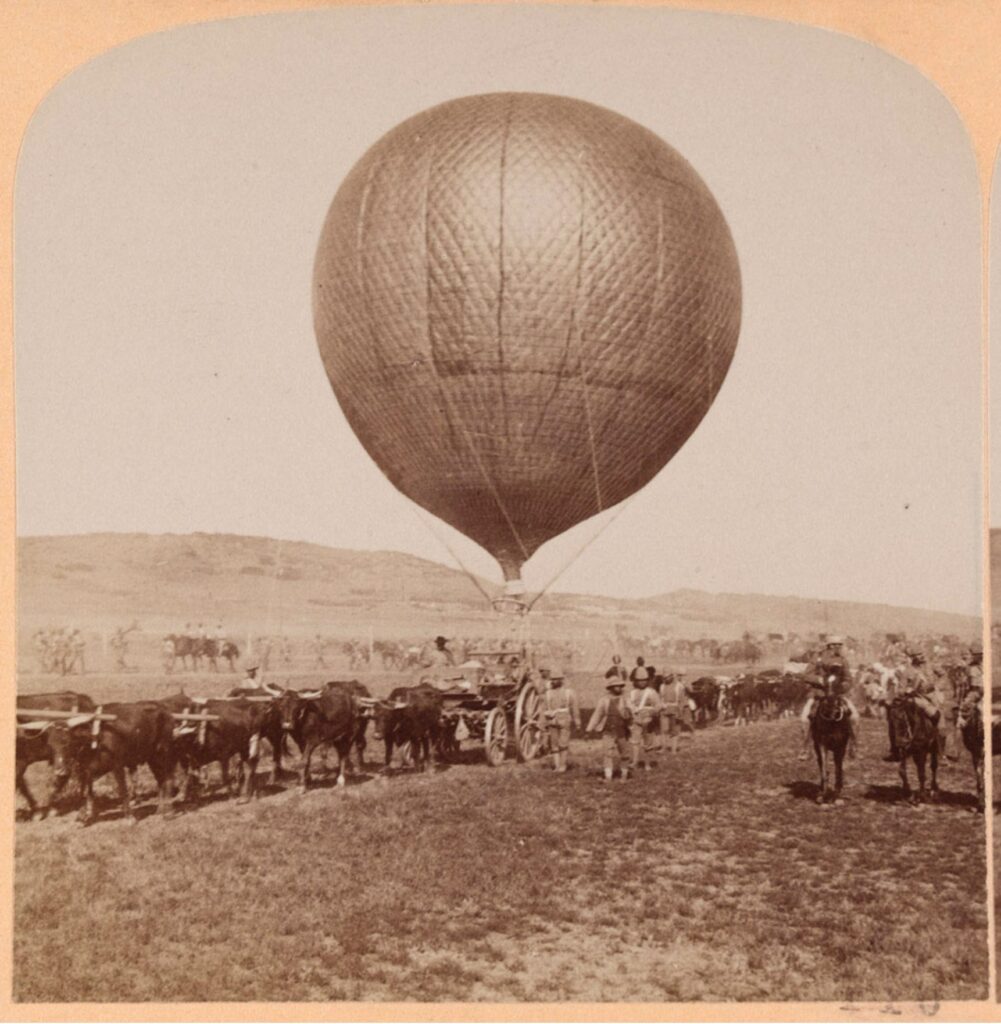When the balloon first went up over Africa, it wasn’t flying over a battlefield—but over Cairo, as a stunt. The year was 1798, and Napoleon had brought with him to Egypt not only soldiers and cannons, but scientists and hydrogen balloons. His dream of a scientific conquest was as grand as his military one. But the French balloon didn’t last long—it crashed unceremoniously, causing more panic than reconnaissance. Still, that strange object in the sky planted an idea that would drift, expand, and eventually take shape over some of Africa’s bloodiest colonial campaigns.
In this installment of Balloons of War, we trace the evolution of military ballooning across the African continent—how Britain, Italy, and others hoisted these lighter-than-air craft over unfamiliar terrain in hopes of gaining a crucial edge. The African theater became, quite literally, a proving ground for the military applications of aerial reconnaissance.
By the 1880s, the British Army was inching toward practical military ballooning. Building on experiments by the Royal Engineers and insights from the American Civil War, Britain deployed balloons in the Sudan campaign of 1885 and the Bechuanaland Expedition a year earlier. Though limited by cumbersome equipment and unreliable inflation in harsh conditions, these early trials made one thing clear: seeing from the sky could change everything. Observers gained psychological and tactical advantages, and commanders began to imagine what aerial reconnaissance could become.

Meanwhile, Italy experimented in East Africa during its 1895–96 campaign against Ethiopia. Deploying a hydrogen-filled balloon inflated with compressed gas, Italian forces hoped to spot enemy movements from above. Yet the balloon’s presence didn’t alter the war’s course — Italy was soundly defeated at Adwa. The episode marked one of the first deployments of aerial reconnaissance in Sub-Saharan Africa, even if it served more as an innovation footnote than a battlefield factor.
The real proving ground came with the Second Boer War (1899–1902), a modern, industrial-scale conflict between the British Empire and the Boer republics in South Africa. This time, the British didn’t just send balloons—they brought a system. Initially deploying three balloon sections equipped with tethered hydrogen balloons and gas wagons, the army later authorized four more sections, including a photographic reconnaissance unit. That unit, crucially, introduced aerial photography into British military operations.

Balloons now captured more than fleeting glances; they documented enemy trenchworks, road networks, and artillery positions. This imagery allowed commanders to refine battlefield maps and better coordinate artillery strikes. It was a modest but essential precursor to the sweeping aerial intelligence that would define future conflicts.
At battles like Magersfontein and Tugela Heights, balloon observers scanned the terrain and relayed enemy positions to gunners via signal flags and tethered telegraph lines. In one case, a balloon directed six hours of artillery fire onto Boer positions — something unimaginable from the ground. The psychological effect on Boer fighters was notable. An Australian fighting with the Boers later recalled their unease: “They took a dislike to the balloons… [which] were a symbol of a scientific superiority of the English that seriously disquieted them.”

Yet challenges persisted. The balloons took hours to inflate and were vulnerable to wind, enemy fire, and rough terrain. Moving the necessary hydrogen equipment required ox-drawn wagons, and weather often grounded operations. Still, balloons remained aloft for days at a time, covering dozens of miles and offering a high perch in vast, difficult landscapes.

From the Nile to Natal, military ballooning in Africa was never about spectacle—it was about strategy. Though often grounded by weather or logistics, these early ascents showed how altitude reshaped warfare. Observation balloons paved the way for aerial photography, artillery coordination, and modern surveillance.
In our next issue, we follow the balloon into the cauldron of World War I, where it would rise again (pun intended) — this time over trenches, wire, and an entirely new kind of war.
